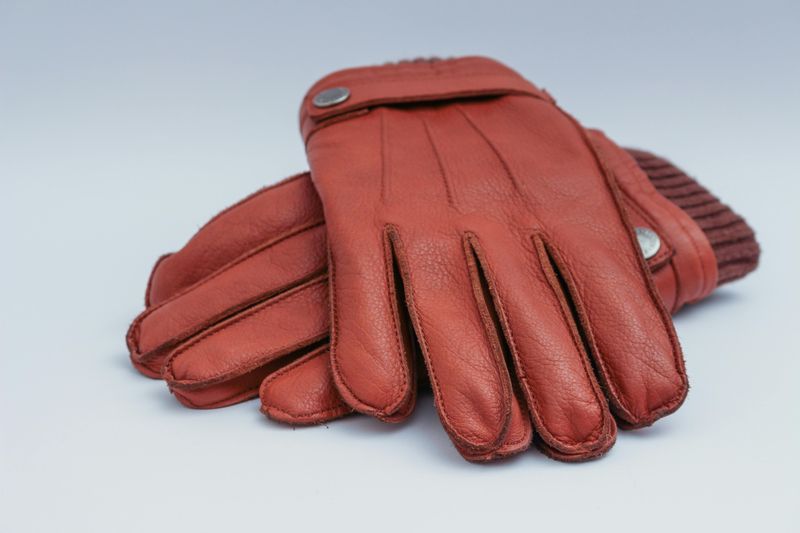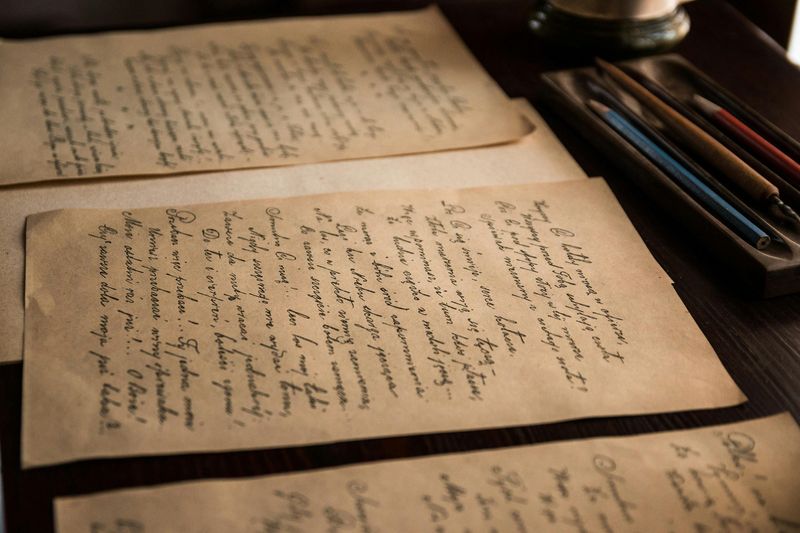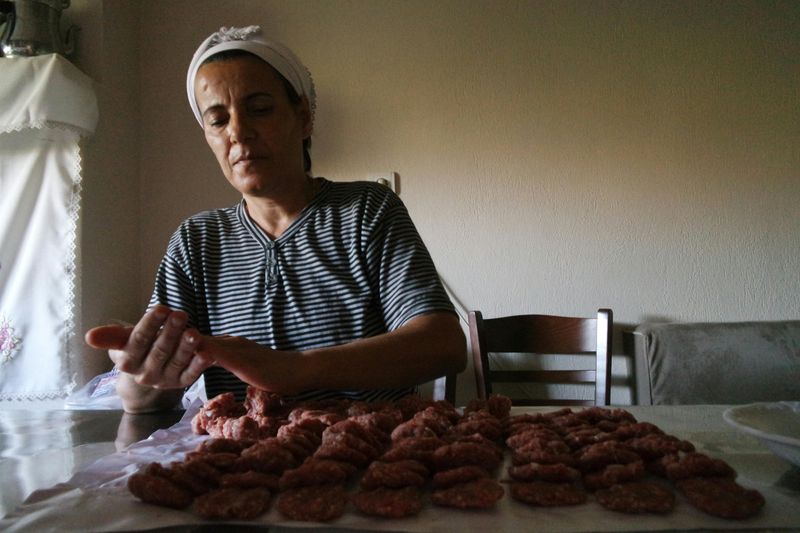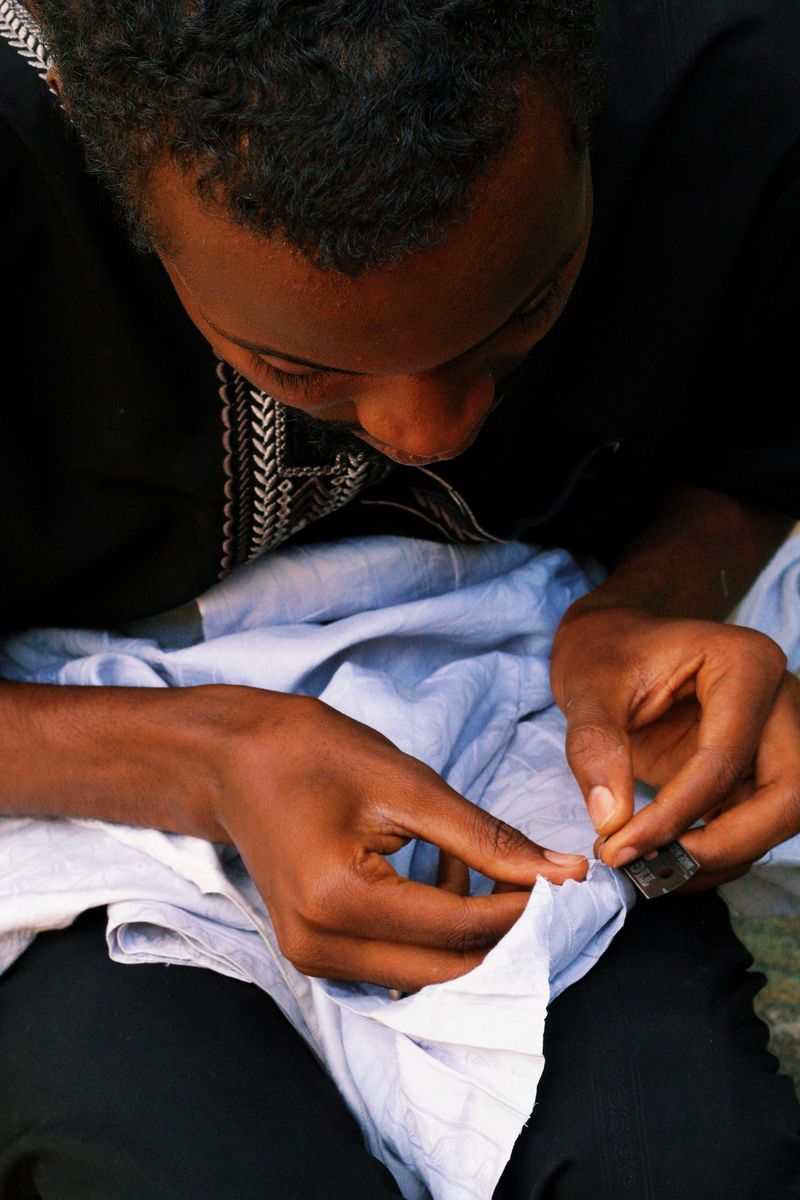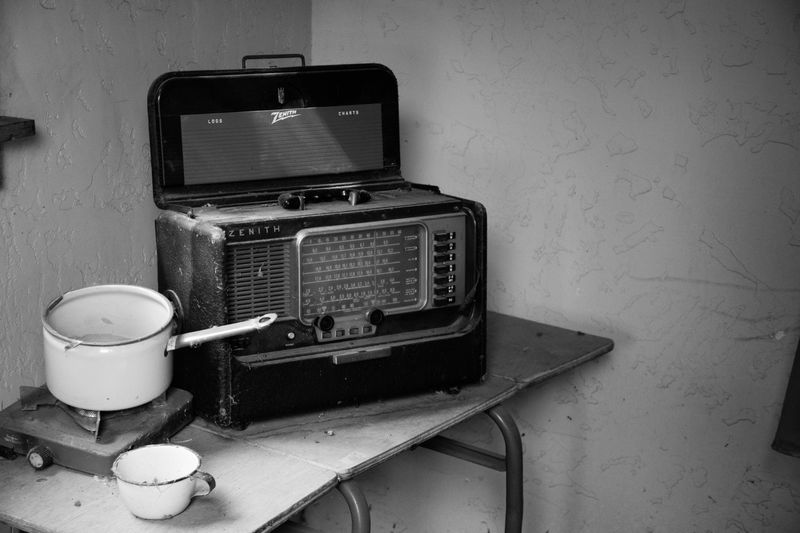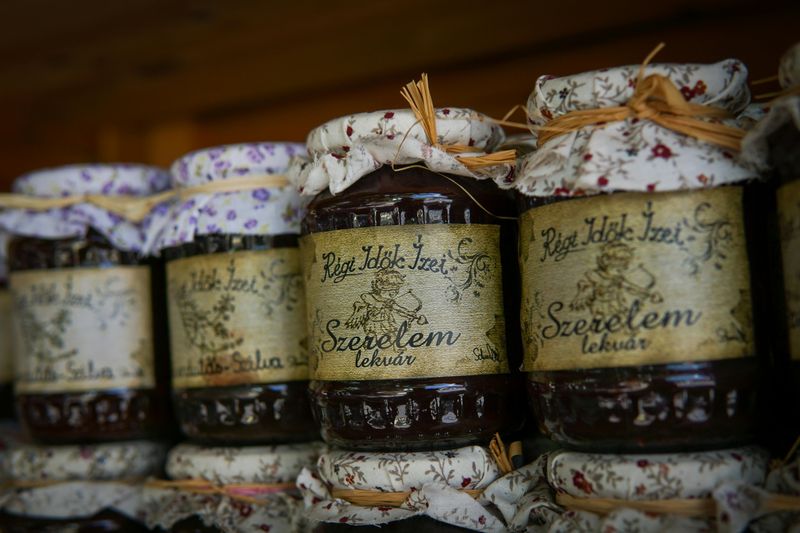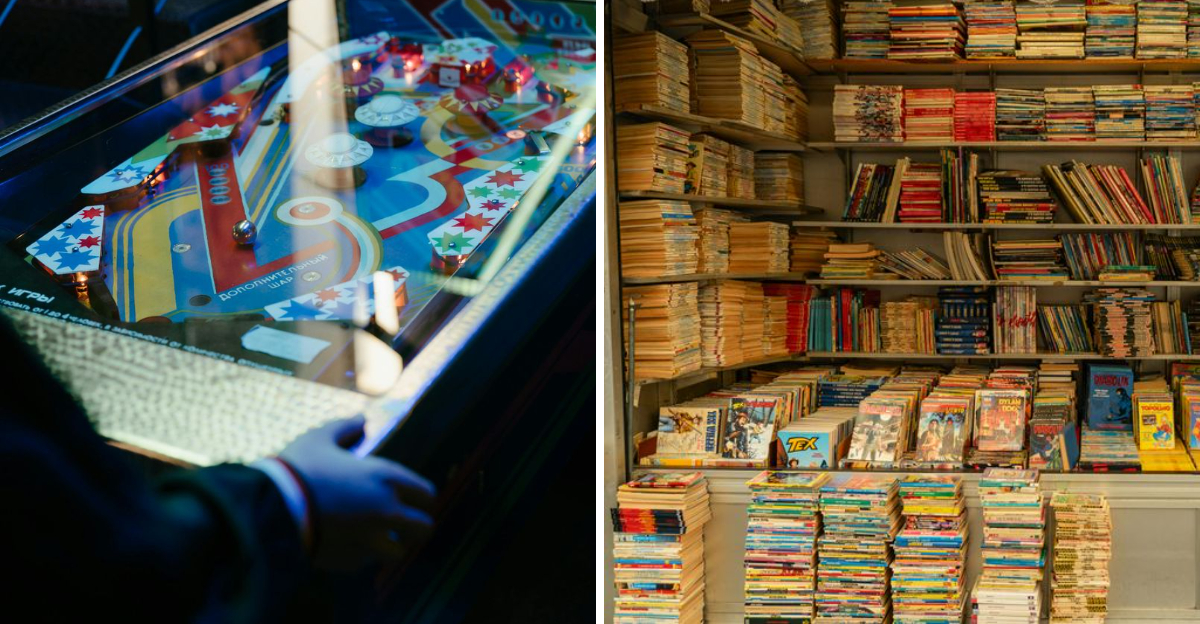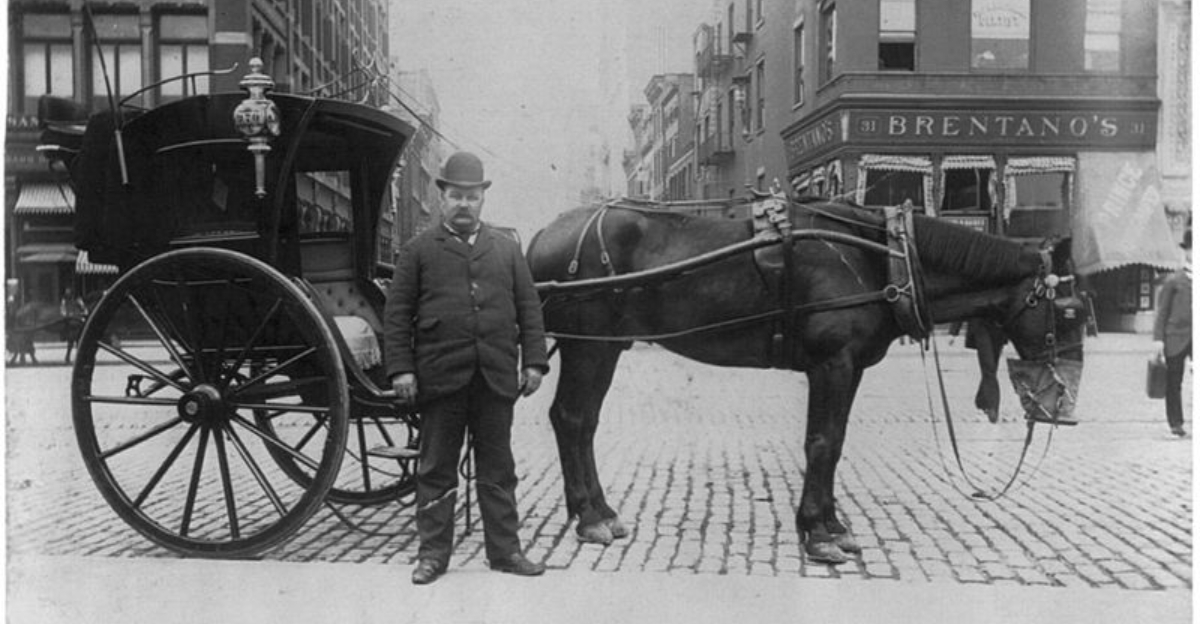16 Things Women Once Did In The ’40s That We Can Hardly Imagine Today
Picture this: your grandmother waking before dawn to pin-curl her hair, slip into a girdle, and cook breakfast completely from scratch – all before 7 a.m.
Life in the 1940s demanded a level of daily effort that would leave most of us exhausted just thinking about it.
From meticulously ironed bed linens to formal gloves worn for a simple grocery trip, women navigated a world of rules, routines, and rationing that feels almost alien today.
1. Wearing Gloves Everywhere in Public
Bare hands in public? Absolutely scandalous! A properly dressed lady wouldn’t dream of stepping outside without her gloves, whether she was heading to church, the market, or even just the corner drugstore.
White cotton for summer, leather for winter – gloves weren’t just accessories but symbols of respectability and class. Going gloveless was like showing up to a wedding in pajamas by 1940s standards!
2. Ironing Sheets and Pillowcases
Ever spend an hour ironing your bedding? Neither have we! But back then, wrinkled sheets were considered sloppy housekeeping, and no self-respecting homemaker would allow such a thing.
Using heavy irons heated on the stove, women pressed every inch of fabric until it was crisp and perfect. The effort was exhausting, but smooth linens were a badge of domestic honor worth the blistered hands.
3. Setting Hair in Pin Curls Every Night
Waking up with perfect hair wasn’t magic – it was nightly torture! Before blow-dryers and curling irons, women twisted damp hair into dozens of tight pin curls secured with bobby pins.
Sleeping on those metal pins was about as comfortable as resting on a bed of pebbles. But beauty demanded sacrifice, and those glamorous waves didn’t create themselves overnight (well, technically they did).
4. Writing Letters Instead of Calling
Imagine waiting days or weeks to hear from your loved ones! Long-distance calls were expensive luxuries reserved for emergencies, so women became prolific letter writers instead.
They perfected their penmanship, chose stationery carefully, and poured their hearts onto paper. Soldiers overseas received millions of letters from wives, mothers, and sweethearts – lifelines written in careful cursive that texting could never replace.
5. Cooking Three Full Meals a Day from Scratch
Frozen dinners? Takeout? Not in this decade! Women spent hours daily preparing breakfast, lunch, and dinner entirely from raw ingredients, with no shortcuts or convenience foods.
Every meal required planning, peeling, chopping, and cooking from memory or worn recipe cards. Feeding a family meant serious culinary skills and stamina that would put today’s meal-prep enthusiasts to shame.
6. Mending Clothes by Hand
Toss out a shirt with a missing button? Unthinkable! Wartime rationing and tight budgets meant every garment was repaired, altered, and worn until it practically disintegrated.
Women mastered darning socks, patching elbows, and invisible mending techniques. Their sewing baskets were always full, and thriftiness was considered virtuous rather than old-fashioned.
7. Using Ration Books for Groceries
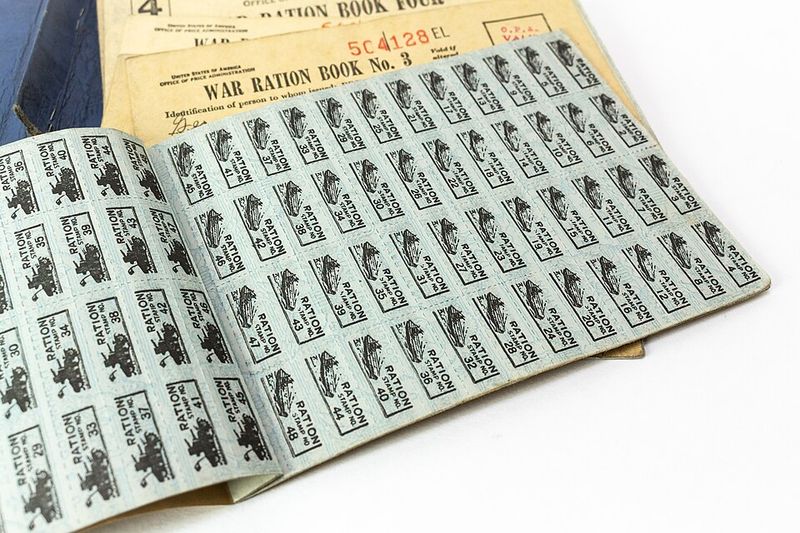
Grocery shopping felt like solving a puzzle! During WWII, sugar, meat, butter, and coffee required special stamps from government-issued ration books limiting how much families could buy.
Women became experts at stretching ingredients, substituting items, and planning meals around what stamps they had left.
Running out of sugar stamps before month’s end meant creative baking or going without – no exceptions, regardless of cravings!
8. Washing Dishes Without Running Water
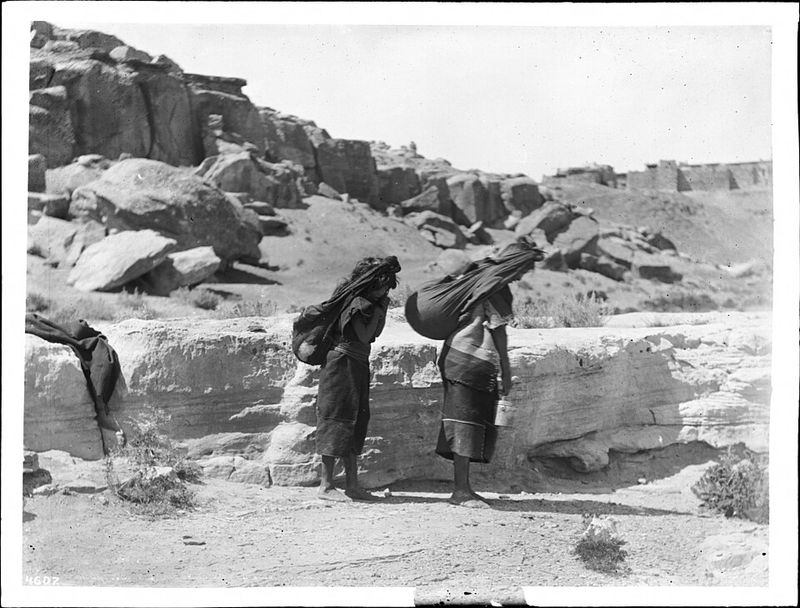
Turn on the tap and voilà – hot water! But many 1940s homes, especially rural ones, lacked indoor plumbing altogether.
Women hauled water from wells or pumps, heated it on the stove, and washed dishes in basins. Rinsing required even more water-hauling, and the whole process consumed hours.
Modern dishwashers would have seemed like pure science fiction to these hardworking ladies!
9. Wearing Girdles and Corsets Daily
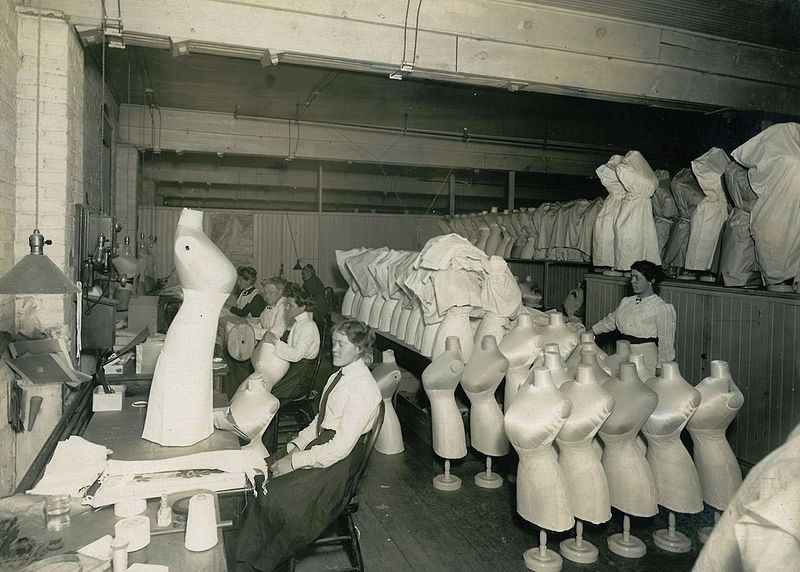
Comfort took a backseat to the perfect silhouette! Women squeezed into restrictive girdles and longline bras that flattened, lifted, and shaped everything into the desired hourglass figure.
These undergarments were so tight that bending over or eating a full meal became challenging. Taking them off at day’s end brought sweet relief – like finally removing uncomfortable shoes after standing all day, but for your entire torso!
10. Listening to Evening Radio Dramas
Netflix binges have nothing on radio drama devotion! Families gathered around their radios each evening, listening to serialized shows with the same anticipation we reserve for streaming premieres today.
Women scheduled housework around their favorite programs, never missing an episode of soap operas or mystery shows.
The stories played out entirely in listeners’ imaginations – interactive entertainment before screens dominated every room.
11. Making Their Own Household Cleaners
Store-bought cleaners were limited, so women became amateur chemists! They mixed vinegar, baking soda, lemon juice, and soap flakes into effective cleaning solutions passed down through generations.
Recipes for furniture polish, window cleaner, and floor wax were treasured like family heirlooms.
These homemade concoctions worked surprisingly well and cost pennies – though they required more elbow grease than today’s spray-and-wipe products.
12. Keeping Scrapbooks of War Clippings
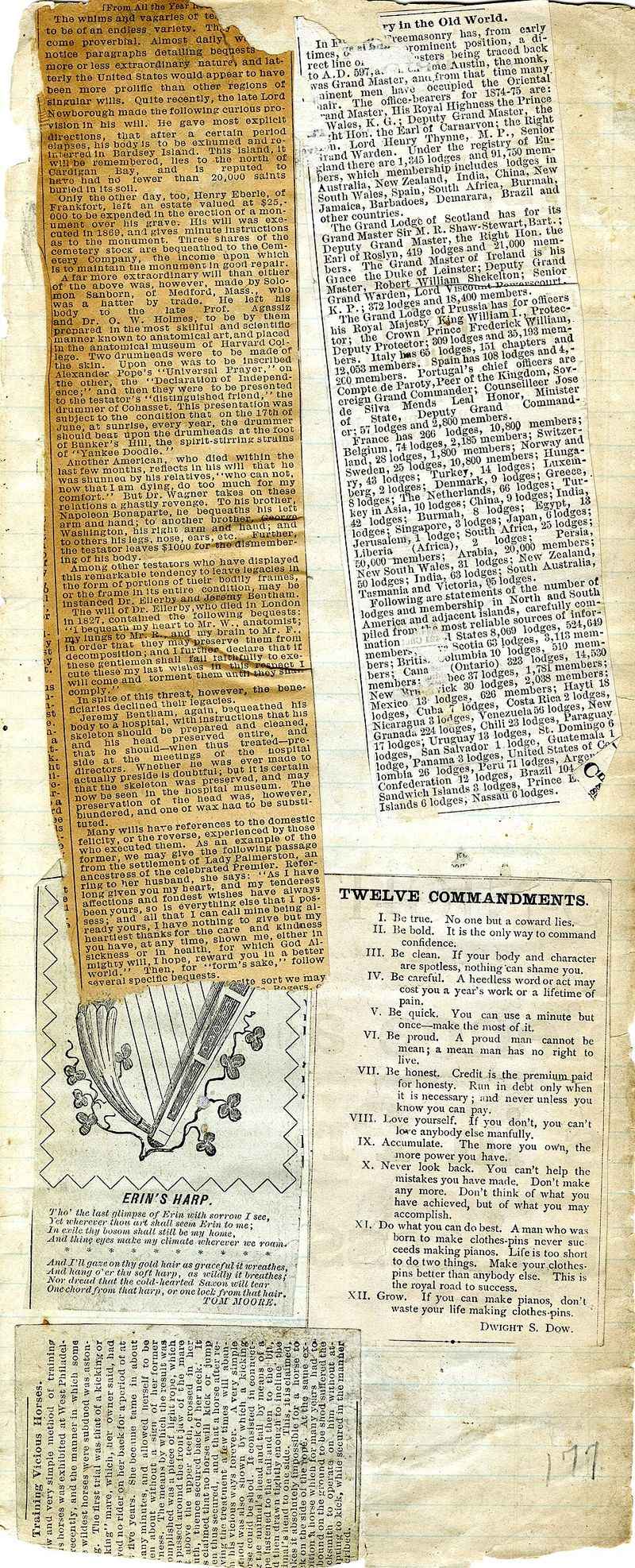
History unfolded in real-time through newspaper clippings! Women carefully cut out articles about battles, rationing updates, and loved ones’ military units, preserving them in scrapbooks.
These collections documented the war’s progress and honored servicemen’s sacrifices. Flipping through pages brought both pride and anxiety, creating tangible connections to global events.
13. Sewing Matching Outfits for the Family
Ready-made clothing was expensive, so skilled seamstresses created entire wardrobes! Women sewed dresses for daughters, shirts for sons, and sometimes matching outfits for special occasions from the same fabric bolt.
Pattern catalogs were studied like textbooks, and fabric stores were treasure troves.
Coordinated family outfits for church or photographs showcased both sewing skills and family unity – Instagram-worthy before cameras were everywhere!
14. Calling Neighbors Mrs. Instead of First Names
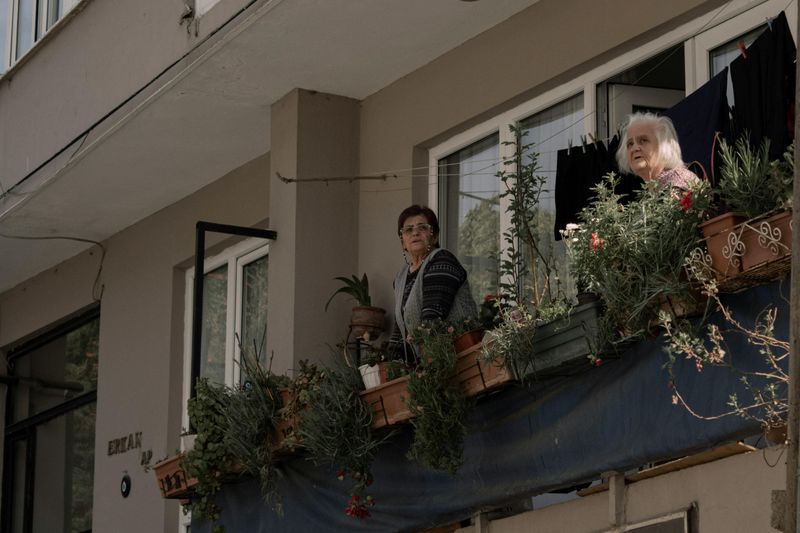
First-name basis? Not unless you were close friends for years! Formality ruled social interactions, with neighbors addressing each other as Mrs. Smith or Mrs. Johnson even after living next door for decades.
Using first names without permission was considered disrespectful and overly familiar. Children certainly never used adults’ first names—that would earn swift correction. This formality maintained social boundaries that today’s casual culture has completely abandoned.
15. Preserving Food in Mason Jars
Refrigerators were small and freezers scarce, so preserving summer’s bounty became essential!
Women spent exhausting days canning vegetables, fruits, and jams in sterilized mason jars to stock pantries for winter.
The hot, steamy process involved precise timing and careful sealing to prevent spoilage.
Rows of colorful jars lining basement shelves represented security and self-sufficiency – edible insurance policies against lean times ahead.
16. Darning Socks Instead of Replacing Them
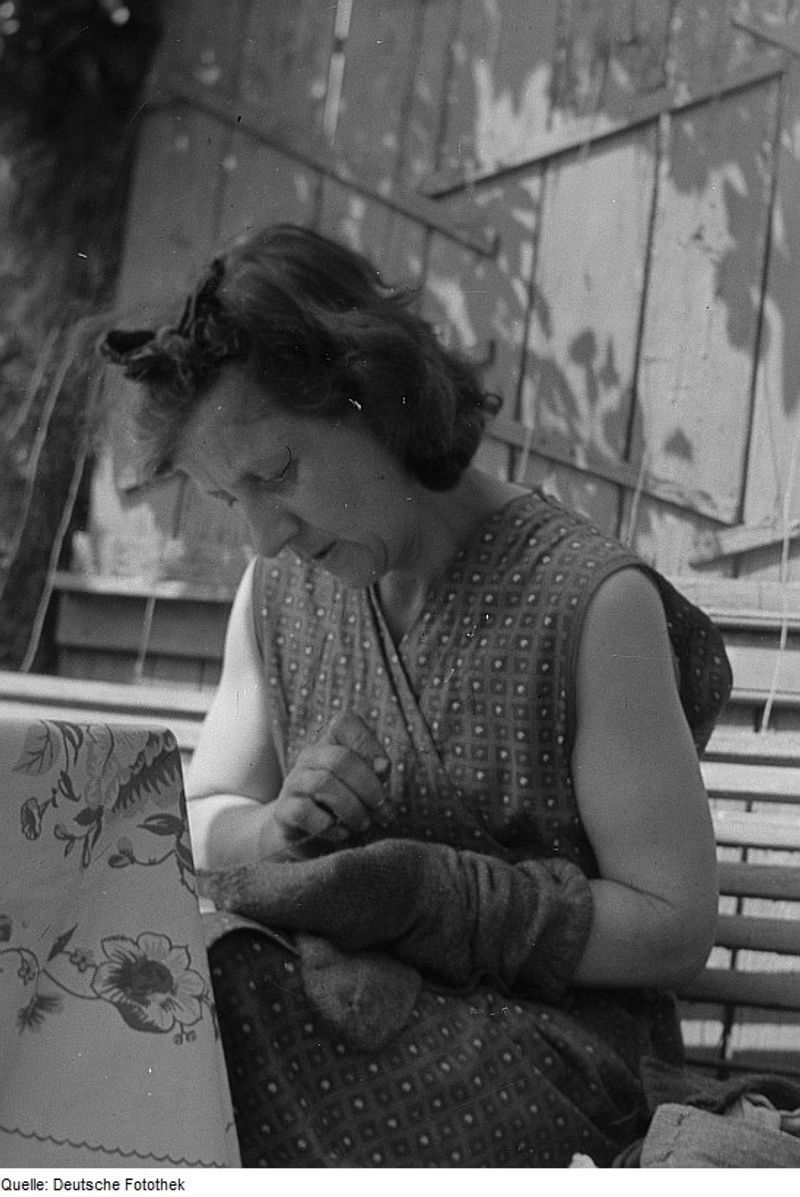
Holes in socks meant repair time, not trash time! Women used wooden darning eggs and special techniques to weave new threads across worn spots, extending socks’ lives indefinitely.
Throwing away repairable items was wasteful and unpatriotic during wartime shortages. Darning required patience and skill, creating neat patches that barely showed.
Today’s habit of tossing holey socks would have horrified these thrifty, resourceful women completely.

